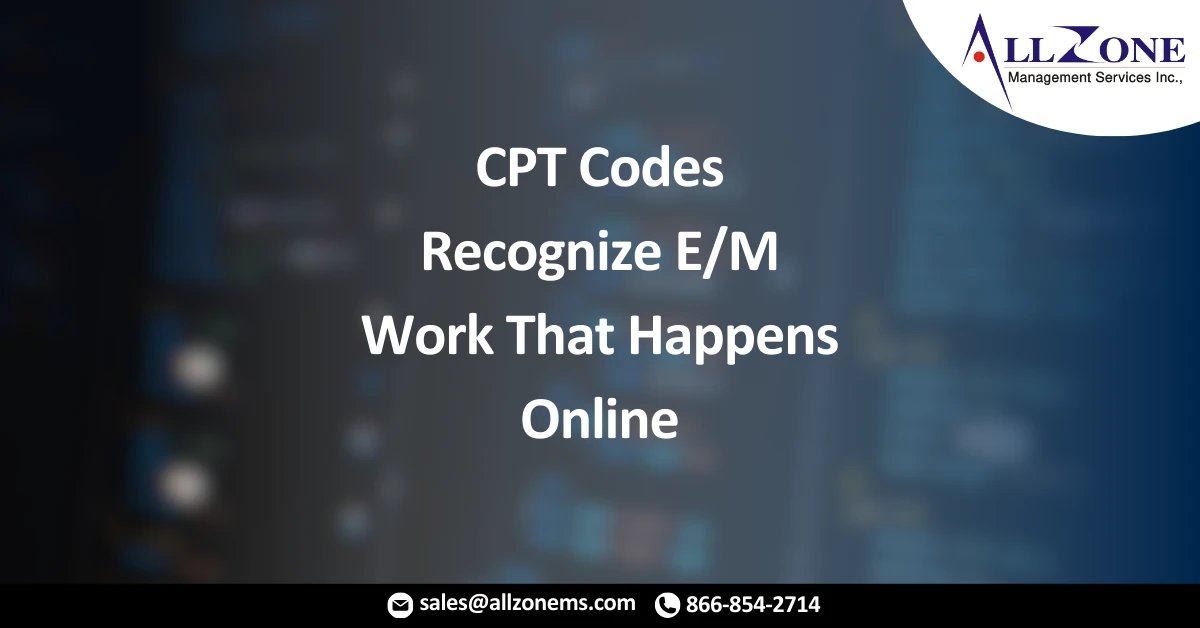Much attention has been given to the landmark overhaul of Evaluation and Management (E/M) office visit codes that took effect in 2021, aimed at streamlining documentation requirements for physicians. However, significant groundwork was already laid on January 1, 2020, with updates to the Current Procedural Terminology (CPT®) code set — changes that recognized the rapid evolution of patient communication methods and medical practices that do not rely on face-to-face interactions.
The CPT 2020 digital health services updates enabled physicians and other healthcare professionals to report a wider range of non-face-to-face care, including electronic visits (e-visits) through secure patient portal messages. These changes reflect the growing importance of digital health tools and prepare the healthcare system for broader telehealth adoption.
According to Laurie McGraw, AMA Senior Vice President of Health Solutions, the 10,471 CPT codes form “the language of medicine,” providing precise descriptions for a wide array of physician activities — from routine office visits to complex genetic testing procedures.
2020 CPT® Code Set Changes at a Glance:
-
248 new codes added
-
75 code revisions
-
71 code deletions
At the AMA CPT® and RBRVS 2020 Annual Symposium, Dr. Peter Hollmann, former chair of the CPT Editorial Panel, emphasized that the 2020 updates prioritized clarity and valuation of services, especially in digital health.
One notable deletion was CPT 99444, a code that previously covered “online medical evaluation.” While innovative at its inception, 99444 was too generalized and could not be accurately valued by the AMA/Specialty Society RVS Update Committee (RUC). In its place, three new time-based codes were introduced to capture the detailed non-face-to-face work involved in digital patient communications:
-
99421 – 5–10 minutes of cumulative work
-
99422 – 11–20 minutes
-
99423 – 21+ minutes
These codes apply when a patient initiates an online inquiry requiring clinical decision-making similar to that of a typical office visit. They capture the total provider work over a seven-day period, ensuring appropriate tracking and reimbursement of remote care activities.
Key Guidelines for Reporting CPT 99421-99423:
-
Minimum Time Requirement: If the total time spent is less than five minutes, no code is reported.
-
No Double Billing: Time spent on the same activity cannot be billed under a different service.
-
Established Patient Requirement: While the patient must be established, the medical issue addressed may be new.
-
Seven-Day Rule: The clock starts with the provider’s review of the patient’s inquiry and includes:
-
Review of patient records and pertinent data
-
Development of a management plan
-
Ordering prescriptions, labs, or imaging
-
Follow-up communications related to the inquiry
-
-
Bundling Rule: If an in-person or virtual E/M visit occurs within seven days for the same problem, the online service is included in that visit and not separately reported.
-
Repeat Inquiries: New patient-initiated inquiries related to the same problem within seven days cannot be separately billed.
In addition to physician services, new CPT codes for non-physician qualified health professionals were also introduced to recognize their role in digital care delivery:
-
98970 – 5–10 minutes
-
98971 – 11–20 minutes
-
98972 – 21+ minutes
However, the Centers for Medicare & Medicaid Services (CMS) requires the use of specific G-codes for reimbursement of these non-physician digital services under Medicare.
These updates, guided by the AMA Digital Medicine Payment Advisory Group (DMPAG), are an important step toward:
-
Supporting the adoption of telehealth and remote monitoring technologies,
-
Ensuring fair and accurate reimbursement for digital health interactions,
-
Easing the transition toward modern, patient-centered healthcare delivery.
As healthcare continues to shift beyond traditional walls, understanding and utilizing these CPT 2020 digital health service codes will be essential for providers looking to optimize patient care and secure appropriate reimbursement.

